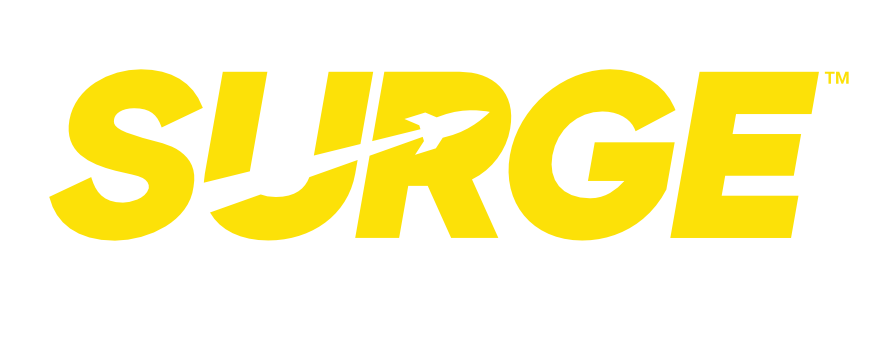Got Multiple Businesses? This is a Way to Shield your Assets!
Are your assets really protected? Even after getting business insurance and filing for an LLC with the state, business owners are often still exposed to risk of loss. Discover a way to effectively manage multiple properties with a business strategy that shields both your personal and business assets. Watch this video.
Whether you’re just starting a business or you’ve owned a business for years, a universal concern for entrepreneurs is how to safeguard their personal assets from potential business liabilities, especially as they make more money and have more to lose.
Business Protection Basics
What Are Personal Assets?
As a business owner, it’s important to know that your personal assets are separate from the business you own. Personal assets include your home, car, savings, or retirement accounts. A Limited Liability Company (LLC) offers a flexible and effective solution for asset protection. This separates your assets and shields them from being used to settle business liabilities.
One Important Benefit of LLCs for Business Owners
An LLC creates a division between your personal assets and your business debts. This business structure treats your business as its own entity, so if the business is sued or incurs debt, your assets typically remain safe. Unlike sole proprietorships, where personal and business finances are intertwined, an LLC offers the benefit of limiting personal exposure to business risks.
Asset Protection for Business Owners
To maximize the benefits of an LLC for asset protection, it’s important to manage the business properly.
- Separate Bank Accounts: Ensure your LLC has its own bank account to clearly distinguish between personal and business finances.
- Maintain Precise Financial Records: Keep accurate and organized financial records for your business, which demonstrates professionalism and separates personal and business assets.
- Adhere to Corporate Formalities: Follow corporate procedures such as organizing annual meetings, creating meeting minutes, and other formalities required to maintain the legal integrity of the LLC.
How to structure multiple businesses
If you own multiple businesses, it’s important to separate them from each other. Lumping everything under one LLC, treating them all as one entity, can expose ALL your assets to risk. What are the risks of using one regular LLC for multiple business ventures? Lots! If one business venture gets sued, all of your businesses could be sued. And what’s worse, if the suing party wins, they could get all your business assets leaving you with nothing.
Start by forming a series LLC or a holding company. Both of these options separate your business risks into their own entities. Separating business risks by using a holding company or series LLC gives business owners peace of mind knowing that if one of their businesses is having trouble, the others should not feel the effects.
Series LLC Vs Holding Company
The key difference between a holding company (also known as a “Parent LLC”) and a Series LLC is how they structure the relationship between businesses, manage liability protection, and handle administration.
Whereas a holding company owns multiple separate LLCs (or “child” LLCs), a series LLC is a single LLC that is divided into multiple “series,” each operating as a separate business or entity.
Liability Protection
As for liability, both holding companies and series LLCs separate businesses, however they do this in different ways. To protect its businesses, a holding company separates the businesses and therefore their business risks, into their own LLCs. Therefore if one LLC is sued, the others will not be in danger. You get strong liability protection. As for a series LLC, each business is treated separately, and therefore is also isolated from each other. This offers the business owner or owners additional liability protection.
Administrative Function
You may have caught it by now, but a key distinction between series LLCs and holding companies is how their administration works. With a holding company, you will need to file separate LLCs for each business – I.E. more administrative work. Each child LLC has its own state filings, tax returns, and records. On the other hand, a series LLC offers a simpler process.
With this business structure, you only need to file and maintain one LLC with the state, while each series continues to operate independently in terms of assets and liabilities.
Overview chart of the differences between a holding company (parent LLC) and a series LLC:
Which business structure should you choose?
If you own multiple businesses, you’re probably wondering which business structure is best for you. There are many things that go into answering that question, including your intentions with the businesses, the state you live in, the type of business administration you want to maintain, etc.
The best answer is, call us. We offer free consultations, so there’s no worry about racking up unknown bills. It’s best to start with a good foundational knowledge on how to start a business through our FREE Start A Business Guide.
It’s our goal to give you business and legal advice to surge your business success fast. Call us today to get answers: (515)994-0404.



